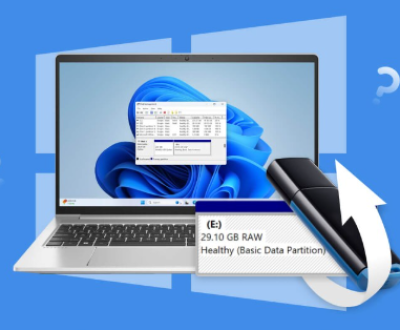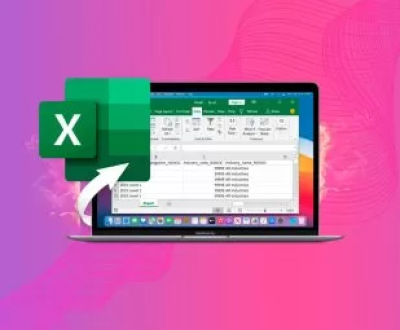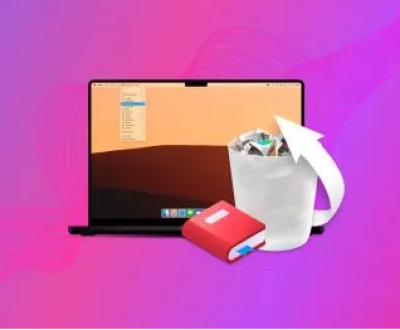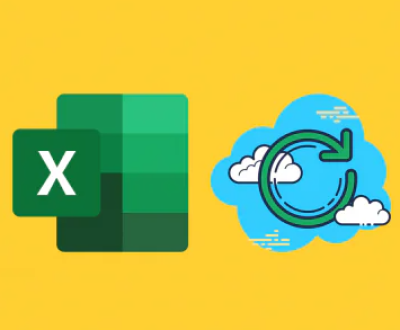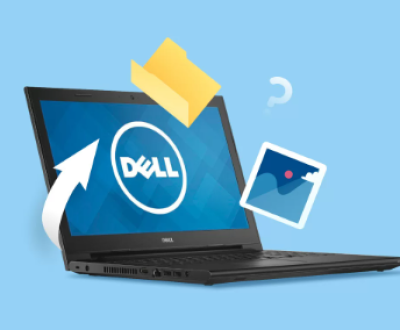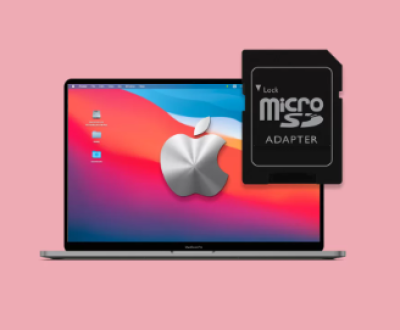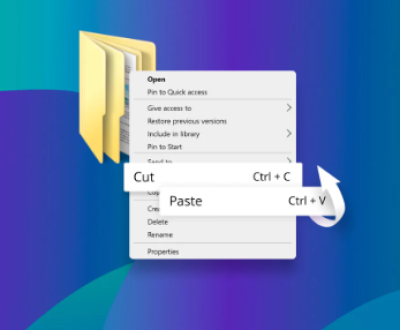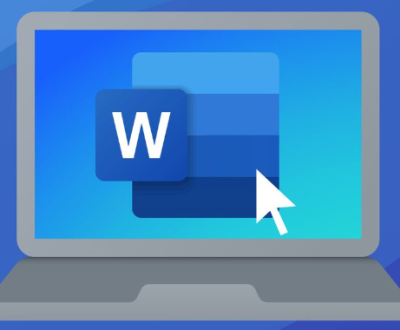CFast cards are high-performance storage devices primarily used in professional photography and videography. Formatting a CFast card is essential for maintaining its performance and ensuring that it works efficiently with your devices.
CFast Cards
CFast cards are based on the SATA interface and offer faster read/write speeds than traditional CompactFlash cards. They are typically used in high-end cameras and recording devices, making them crucial for storing large files.
Importance of Formatting
Formatting a CFast card can help:
Clear data: It erases all files and prepares the card for new data.
Optimize performance: Regular formatting can enhance the card’s speed and reliability.

Fix errors: Formatting can resolve issues related to corrupted files or filesystem errors.
Preparation Before Formatting
Backup Data: Before formatting, ensure you back up any important files. Once formatted, data recovery becomes challenging.
Check Compatibility: Ensure your PC has a compatible card reader for the CFast card.
Methods to Format a CFast Card
Method 1: Using Windows Explorer
Insert the CFast Card: Connect the card to your PC using a card reader.
Open Windows Explorer: Press Windows + E to open File Explorer.
Locate the CFast Card: Find your card in the list of drives.
Right-Click and Select Format: Right-click on the CFast card and choose ‘Format’.
Choose File System: Select the desired file system (FAT32 or exFAT is recommended for larger files).
Quick Format Option: Check the ‘Quick Format’ box for a faster process.
Start Formatting: Click ‘Start’ to begin the formatting process. Confirm any prompts.
Completion: Once done, you will receive a notification that the formatting is complete.
Method 2: Using Disk Management
Access Disk Management: Right-click on the ‘Start’ button and select ‘Disk Management’.
Find the CFast Card: Locate the CFast card in the list of drives.
Right-Click and Format: Right-click on the card and select ‘Format’.
Follow the Prompts: Choose the desired file system and follow the prompts to format the card.
Method 3: Using Third-Party Software
Download Software: Use reliable software like SD Formatter, EaseUS Partition Master, or MiniTool Partition Wizard.
Install and Run: Install the chosen software and run it.
Select the CFast Card: Locate and select the CFast card within the software.
Choose Format Option: Select the format option and choose the file system.
Execute Formatting: Confirm and execute the formatting process.
Troubleshooting Common Issues
Card Not Recognized: Ensure the card reader is functioning properly and that the card is inserted correctly.
Formatting Errors: If you encounter errors, try using a different formatting method or check for physical damage to the card.
Slow Formatting: If formatting takes too long, there may be issues with the card. Consider running a diagnostic test.
Post-Formatting Tips
Safely Eject the Card: Always eject the card safely from your PC to prevent data corruption.
Test the Card: After formatting, test the card with your camera or device to ensure it functions correctly.
Regular Maintenance: Regularly format the card to maintain its performance and avoid fragmentation.
About us and this blog
Panda Assistant is built on the latest data recovery algorithms, ensuring that no file is too damaged, too lost, or too corrupted to be recovered.
Request a free quote
We believe that data recovery shouldn’t be a daunting task. That’s why we’ve designed Panda Assistant to be as easy to use as it is powerful. With a few clicks, you can initiate a scan, preview recoverable files, and restore your data all within a matter of minutes.
Subscribe to our newsletter!
More from our blog
See all postsRecent Posts
- Retrieve files from usb 2025-07-04
- How to retrieve overwritten excel file 2025-07-04
- How to retrieve lost files on sd card 2025-07-04

 Try lt Free
Try lt Free Recovery success rate of up to
Recovery success rate of up to

